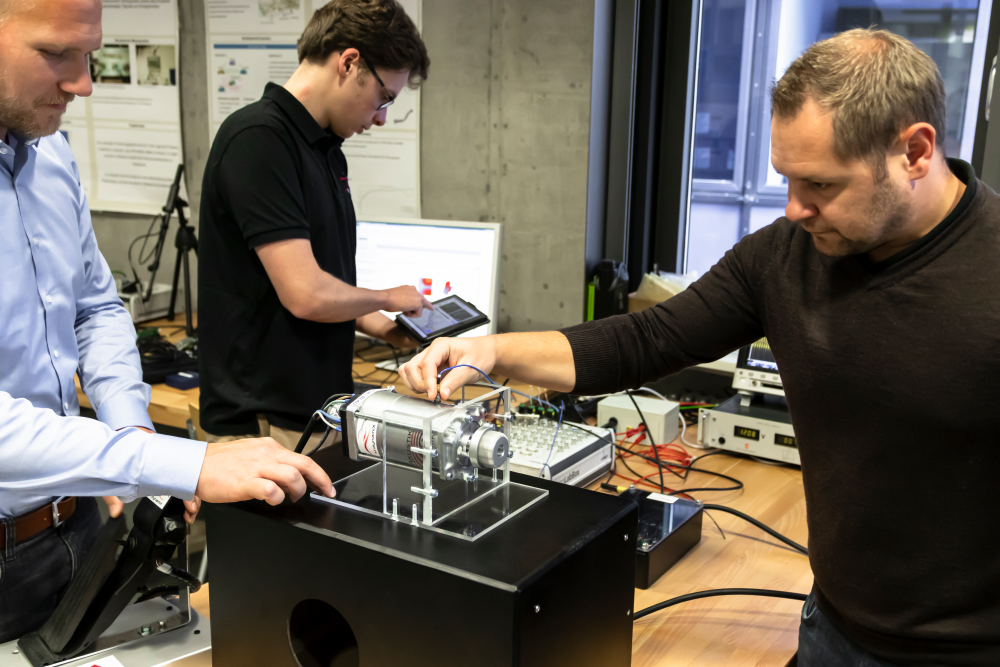MdynamiX at the IEEE Conference CCTA 2020: New control approach for “Active Vibration Cancellation (AVC)

Munich/Montreal. The renowned control engineering IEEE conference “CCTA” – The IEEE Conference on Control Technology and Application – will take place this year from August, 24-26 in Montreal, Canada. In cooperation with the University of Applied Sciences Munich, MdynamiX presents an interesting contribution to the development of an AVC system that does not require additional hardware. Dominik Schubert (HM) will participate in the virtual conference as lead author and present the paper. MdynamiX is directly involved in the publication through co-author Leonhard Angerpointner.
A future-oriented technology that combines driving comfort with dual use of existing hardware
With Machine Learning, Model Predictive Control, Adaptive Control, as well as safety topics (Cyberphysical Systems & Security) in control engineering, the conference covers all essential areas. These topics play an important role in the automotive, autonomous systems, robotics, energy systems and aerospace sectors. Especially in the automotive sector, the demands on driving comfort are constantly increasing. In order to meet these increasing demands and at the same time to use unused resources in the vehicle, the Munich University of Applied Sciences is researching a method of actively suppressing disturbing vibrations using electric motors already installed in the vehicle. Without any additional hardware effort.
Multi-Harmonic Controller – A completely new control approach with a favorable modeling of the resulting harmonics
The idea is to control an already installed electric motor (steering assistance) in such a way that it not only reduces disturbing tonal vibrations, but also maps the non-linear behaviour of the motor and thus improves the NVH characteristics of the vehicle with a minimum use of resources. This paper proposes a new control approach: the Multi-Harmonic Controller. In this control approach it was possible to map the non–linear parts of the actuator model as a finite evolution of a Fourier series. This allows active vibration suppression in frequency ranges particularly rich in harmonics beyond the fundamental wave.
Diffuse structure-borne noise in the vehicle interior is avoided and vibrations should be reduced in the beginning.
The proposed method has great potential for improving the NVH characteristics of a vehicle with minimal resource consumption.


